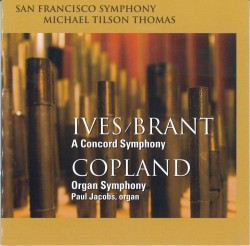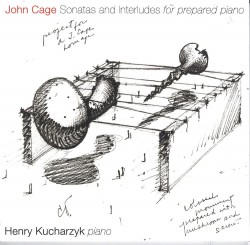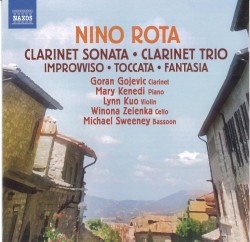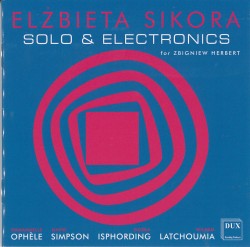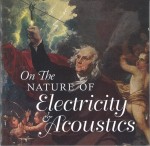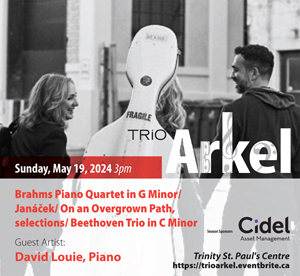Rite - Jon Kimura Parker
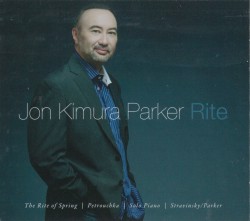 Rite
Rite
Jon Kimura Parker
Independent FP 0907 (www.jonkimuraparker.com)
Rite is an exciting CD of world premiere transcriptions of Stravinsky’s Rite of Spring (1913) and the complete ballet Petrouchka (1911) by pianist extraordinaire Jon Kimura Parker. There have been numerous transcriptions of the Rite, notably, by Stravinsky himself, Sam Raphling and Dickran Atamian. There are countless CDs and YouTube versions of three movements from the ballet Petrouchka. Emil Gilels, Grigory Sokolov, Alexis Weissenberg, Maurizio Pollini are excellent, Yuja Wang and Lang Lang with huge followings less so. What makes Parker’s version of Petrouchka a “must listen” is his remarkable and sensitive adaption of the complete ballet for solo piano. The focus is not so much on the pianistic fireworks of the famous dances but more on the pathos and lyrical qualities of melodic passages and the storyline. His attention to detail in transcribing is impeccable and his performance is never rushed but unfolds with singing lines and capricious humour. The ballet breathes in shapes and emotions. I realized at the end of the piece that I had not thought about the orchestra or the dancers because Parker’s transcription works beautifully as an extraordinary solo piano piece. This is definitely a welcome addition to the piano repertoire.
May 29, 2013 is the 100th anniversary of the Rite of Spring premiere performance in Paris, France. Today The Rite of Spring is one of the most influential works of the 20th century. Claude Debussy knew the work well and played it with Stravinsky in the four-hand duet version. Stravinsky himself worked on the score from the piano so it is no surprise that it works well as a solo piano piece. Jon Kimura Parker discovered Stravinsky’s piano duet version, which was used for ballet rehearsals. He felt that it was “less fastidious with details than I had expected.” Parker then began to add instrumental lines that had been left out. Other solo piano versions were deemed either too minimal or unplayable. I like Parker’s version with the encompassing layers of sound, from extreme delicacy and poignant colour to raw sensuality and primitive power. His performance is virtuosic both technically and artistically. I also agree with Parker’s quote about his own inspiration for this project. “Playing the Rite of Spring at the piano I am reminded of the day that I saw an exhibition of Picasso’s pencil sketches side by side with the finished paintings. Despite the absence of colour the angular power of the lines had even a greater impact.” We can use the same words about this CD which is excellent and I recommend it highly.


